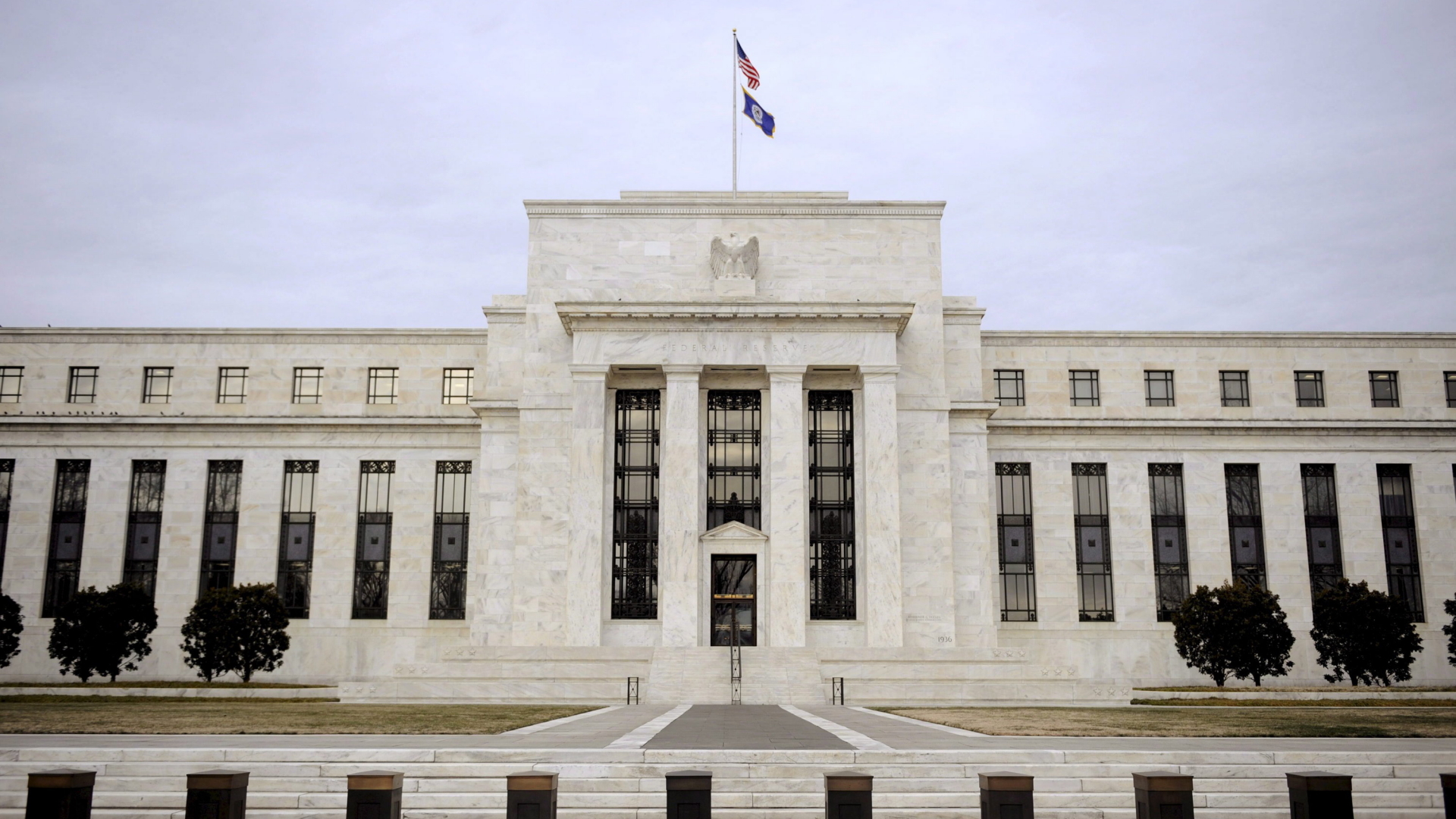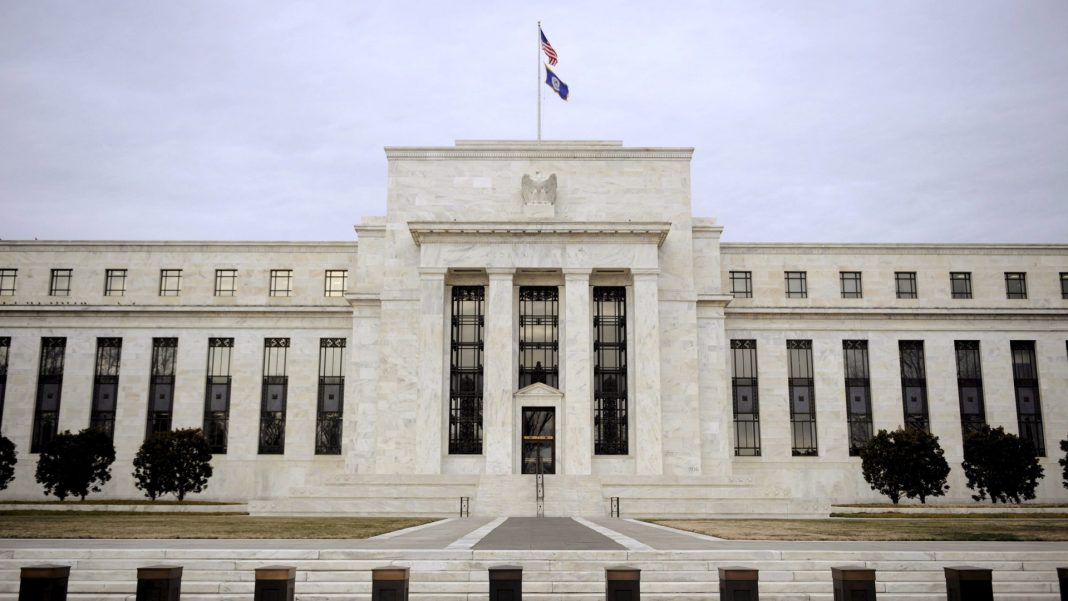 Inflation, a key concern for the Federal Reserve, is expected to moderate in the second half of this year, according to John Williams, president of the Federal Reserve Bank of New York. Williams, a close ally of Federal Reserve Chair Jerome Powell, noted that recent hot monthly readings do not indicate a long-term upward trend but rather a temporary pause in the cooling trend of inflation. He predicts that inflation, as measured by the Fed’s preferred gauge, the Personal Consumption Expenditures (PCE) price index, will soften to around 2.5 percent by the end of this year, moving closer to the Fed’s target of 2 percent next year. The latest reading for March showed inflation running at a rate of 2.7 percent.
Inflation, a key concern for the Federal Reserve, is expected to moderate in the second half of this year, according to John Williams, president of the Federal Reserve Bank of New York. Williams, a close ally of Federal Reserve Chair Jerome Powell, noted that recent hot monthly readings do not indicate a long-term upward trend but rather a temporary pause in the cooling trend of inflation. He predicts that inflation, as measured by the Fed’s preferred gauge, the Personal Consumption Expenditures (PCE) price index, will soften to around 2.5 percent by the end of this year, moving closer to the Fed’s target of 2 percent next year. The latest reading for March showed inflation running at a rate of 2.7 percent.
Williams emphasized that factors beyond monetary policy, such as global supply and demand drivers and current issues affecting the supply side of the U.S. economy, also influence the economy and financial markets. He acknowledged that achieving the Fed’s dual mandate goals requires considering these factors. Williams stated that the current stance of monetary policy is restrictive and exerts downward pressure on demand.
The Federal Reserve’s policy-making meeting of the Federal Open Market Committee (FOMC) will take place on June 11–12, and economists do not expect any changes to the Fed’s policy rate at this meeting. The general consensus suggests that the first rate cut could occur in September, with some experts predicting a move as late as December.
Williams reiterated the Fed’s commitment to its dual mandate of maximum employment and price stability. He emphasized that the central bank closely monitors inflation trends and is prepared to adjust its policies accordingly. When asked about the timing of a reduction in interest rates, Williams responded that it would be driven by data and expressed uncertainty about the exact timing.
Steve Beaman, CEO of Alevar Technologies and former economic consultant for Fortune 500 companies, highlighted a challenge faced by the Fed. According to Beaman, the only way for the Fed to curb inflation is by raising interest rates. However, this poses a problem because it increases the cost of debt for the U.S. government, leading to further monetization of national expenses. As the government borrows more money to pay interest on its debt, inflationary pressure on the currency intensifies. Beaman believes that the Fed is in a difficult position due to the government’s fiscal behavior.
Overall, Williams’ remarks indicate that the Fed remains cautious about inflation and is committed to achieving its objectives. The central bank will closely monitor economic data before making any adjustments to interest rates. The challenging relationship between inflation and interest rates further complicates the Fed’s decision-making process.


